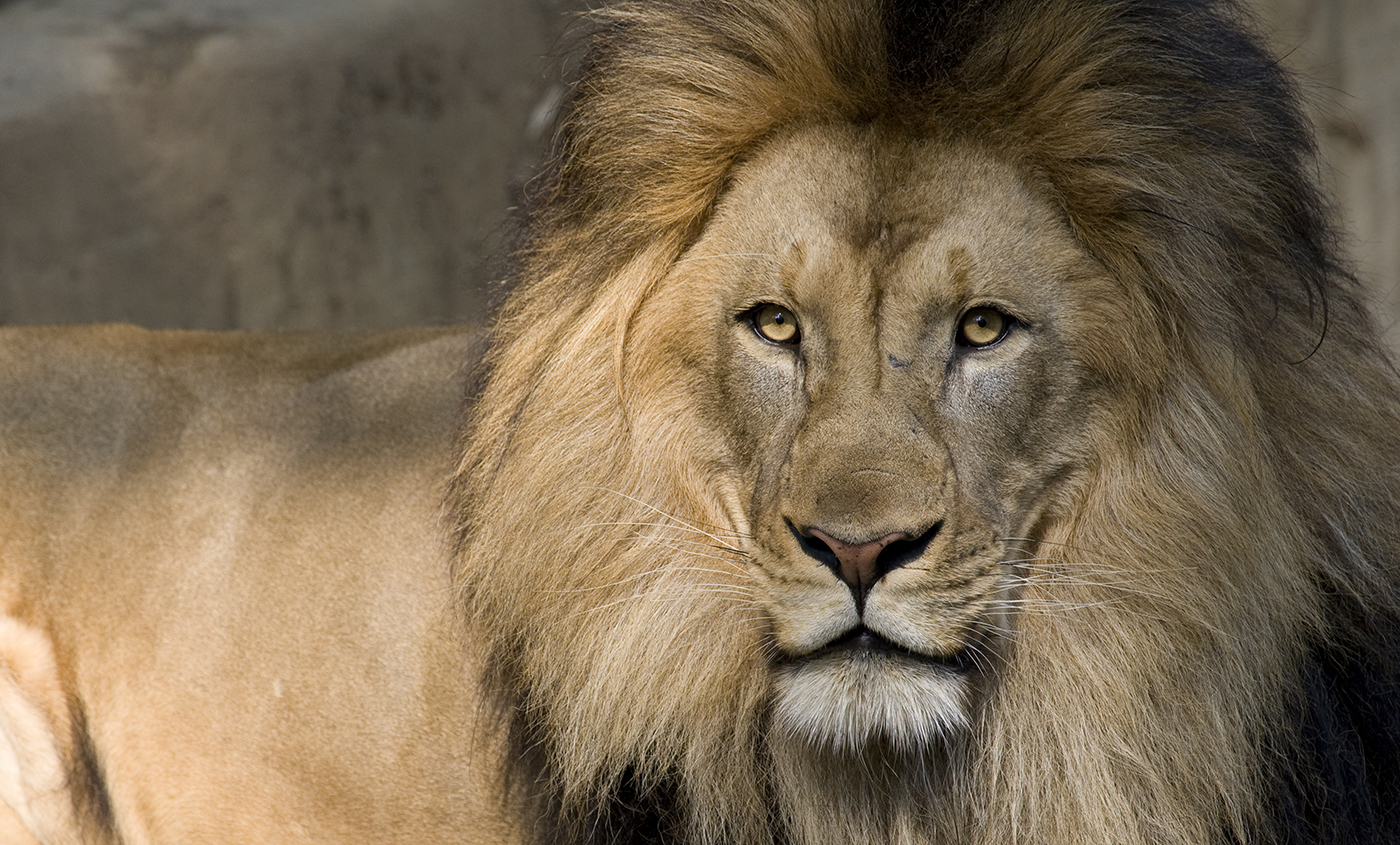
Exhibits
The Smithsonian's National Zoo is home to more than 2,200 animals. Find out where to see your favorite animals, like Komodo dragons at Reptile Discovery Center or red pandas on Asia Trail.

Great news! We're exploring a wildly new way to book your Zoo Passes. Would you like to take it for a spin?

Great news! We're exploring a wildly new way to book your Zoo Passes. Would you like to take it for a spin?